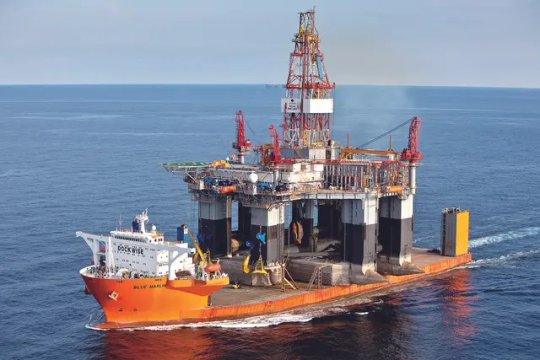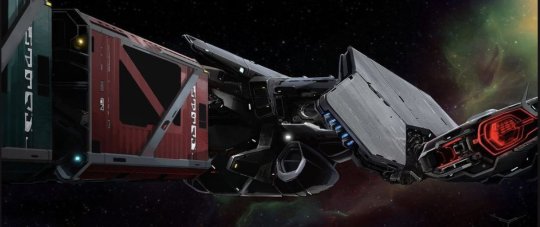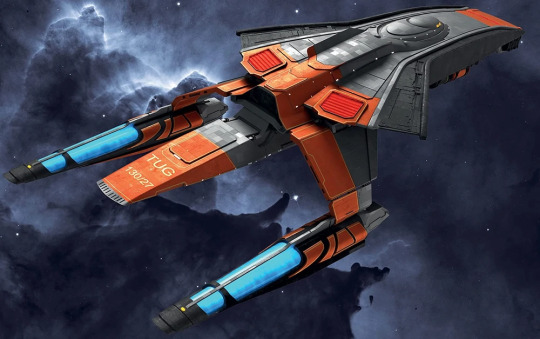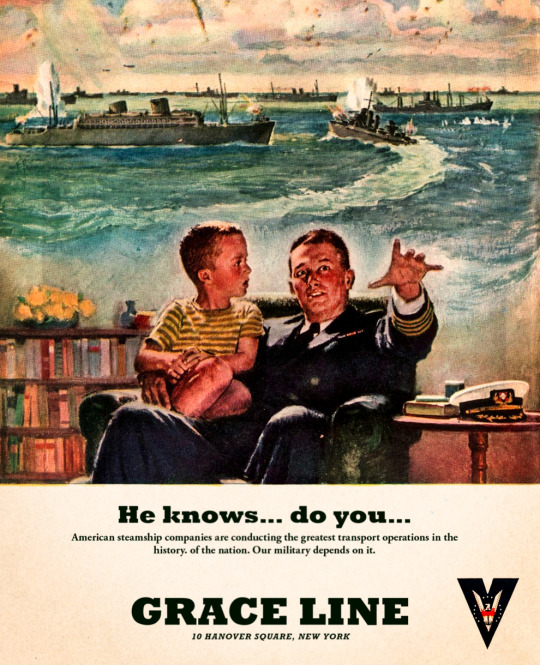#cargo ships
Explore tagged Tumblr posts
Text
#good news#environmentalism#science#environment#nature#carbon dioxide#co2 emissions#cargo ships#cargo shipping#climate change#climate crisis#shipping container#shipping company#cargo#shipping
44 notes
·
View notes
Text
Heavy Lift Ship






7 notes
·
View notes
Text
this is such a silly question but anyone know?- would growing up on a cargo ship influence certain motor skills like balance etc...???
i recall the rolling and pitch being common (ofc) and even when it was at dock it had a pretty noticeable tilt.
i was on this ship since i was a baby so i was learning all my motor skills including like walking and posture and balance and shit so would like that affect it maybe?????
ANYWAYS IM JUST ASKING CAUSE I STRUGGLE IN MY ART WITH MY DRAWINGS ALWAYS HAVE A TILT LIKE THEIR FUCKING ITALICS AND IM LOOKING FOR SOMETHING TO BLAME BYE
#THIS IS SO STUPID#LMFAOOO#this is probably just i need to work on my art#but everything has a reason so maybe this is it#uhhhh fuck what do i even tag this#this is more of a reddit question but i don't have reddit#lol#cargo ships#ship#seasick#nautical#ship work#maritime#cruise ships#ocean#navy#anyways#science#question#reddit#nautical science#motor skills#tall ships#sea#ships
37 notes
·
View notes
Text









instagram flickr
#abandoned beauty#abandoned#cargo shipping#ships#everydayrussia#urbex#urbexplaces#urbexphotography#urban decay#cargo ships#russia#backwater
4 notes
·
View notes
Note
Hello, Love your work! I've long believed that the realm of transport and logistics in the Star Trek universe is a potential treasure trove of content often ignored. PIC S1 almost bucked the trend with the La Sirena "trailer hitch" and the Sampson/Wallenberg Class alluding to #spacetrains. Are you aware of any Fanart or Fiction exploring #spacecontainers #spacetrains?
Thank you so much for the compliment!
I don't know if you meant to send this to the main blog or @mappinglasirena, but I'm gonna answer it here so it ends up in the tags and more people have a chance to see it ;)
I love when people enjoy specific aspects of the worldbuilding in Trek! There is so much to dive into, and logistics and transportation is definitely a big area that holds a tonne of potential!
Off the top of my head, though, I can't think of any art or fic relating to spacetrains specifically, not in a Trek context. There's a tiny bit of concept art which you may have seen before, of La Sirena delivering cargo before picking up Picard, which was ultimately dropped from season 1:


But I don't recall ever seeing anything more detailed. As for the Wallenberg, the only things I have there are the Eagle Moss booklet cover and very grainy footage from just before the Attack on Mars.


So, I'm throwing this one to the wider tumblr Trekkie community! Does anyone know of any art including Trek-trains? Particularly space trains? Or stories that deal with cargo and towing cargo in particular?
Seven having to figure out the byzantine controls of Sirena's hitch system to take on some particularly heavy cargo? How the previous owner was recruited to aid the Romulan Rescue effort and that's why the hitch was added to the ship? Maybe some exciting spacetrain-heists?
Because I'd definitely love to see/read those myself 😁
#star trek#star trek picard#star trek la sirena#la sirena#wallenberg#wallenberg class#spacetrains#cargo ships#or cargo space ships anyway#mapping la sirena#i shall reblog this from over there too so it shows up on more people's dash and i can find it again later ;)
16 notes
·
View notes
Text
Looks like the sun is not gonna make it today
#sun#clouds#survival#water#sea#reflections#pessimism#light#appearances#cargo ships#morning#last ditch efforts
3 notes
·
View notes
Text
in other news,,

#kai rambles#shipping industry#shipping history#bbc#bbc news#cargo ships#cargo ship#sailing ship#sailing ships#im just#like i get that sails arent entirely reliable since they depend on wind#but like#wind powered engines on a ship is just#what#im just dying at that headline honestly#clipper ship#clippers#medium clippers#the ship i chose is a clipper ship for context#its the antelope of boston#antelope of boston#clippers were a type of sailing ship designed primarily for speed rather than like cargo space#but with the invent of medium and extreme clippers the minor issue of limited cargo space was solved#clippers were go-to ships for a lot of the 1800s but theyd died out by 1870ish because of the invent of steam ships and the opening of#the suez canal in 1863 (? is that right?)#theres like maybe 2 of them that still survive. i know one is either in a museum or a museum ship#idk about the other. i cannot remember#anyway enjoy my mini lesson of shipping history in the tags of this dumb meme lmao#oh and also the picture of the antelope i used is a painting by henry fitz lane#shipposting
21 notes
·
View notes
Text

So according to the Tintin movie concept book thing, Hergé based the Karaboudjan off a ship called the Glensheild.
While I cannot find the Glensheild general arrangement plan ANYWHERE, I did find this. It’s the MV Altair, a General Cargo Ship (the Karaboudjan doesn’t look specialized) that was active around the time the 2011 movie took place (late 40s). The Glensheild was built in 1909 according this, so the Altair is far newer as it was built in 1950. Nevertheless, for my Anachronism fic this is the reference I’m using for the layout of the ship until I can get my mitts on the General Arrangement Plan for the Glensheild.
5 notes
·
View notes
Text
the city harbor skyline looks so pretty through the train window rn but i can't take a picture you just have to believe me
#it's sunset and everything is dusty pink and grey and you can't make out any details only the silhouettes of the tower cranes and#cargo ships
15 notes
·
View notes
Text

He knows... do you... Grace Line - 1944.
#steamships#steamship companies#grace line#military transports#vintage advertising#u.s. military#vintage illustration#ww2#wwii#life during wartime#merchant marines#u.s. war shipping administration#war shipping administration#cargo ships#military cargo ships#military cargo
3 notes
·
View notes
Text
But Zitterbart contends that what sets his technology apart is that WhaleSpotter is purpose-built for marine conservation. As such, he’s adamant about having humans validate the machine’s work. “Many people said, ‘Isn’t that overkill? Can’t we get rid of that?’” Zitterbart says. While the AI system is designed to filter out false alarms—such as signals from birds, breaking waves, and boats—Zitterbart’s aim is for ship captains to receive zero false alerts, so that every ping truly requires their attention. Removing human oversight risks flooding ship captains with false reports, which could lead to frustration and alert fatigue. At risk is the very survival of species like the North Atlantic right whale, an endangered animal that has suffered heavily from ship strikes and has only 370 individuals left: “We cannot afford to ever miss an animal,” he says. Calambokidis emphasizes that preventing collisions between whales and ships requires using multiple, complementary strategies. While Zitterbart readily agrees that WhaleSpotter is no silver bullet, he says it’s particularly suited to certain goals—like limiting the deaths of endangered species. Ultimately, he wants more ships to carry WhaleSpotter cameras. “The true power will come to life once there are hundreds of vessels using this tech,” he says. “Then the collected information can be shared in real time with vessels not using the technology, too.” Yet as he works to grow WhaleSpotter’s reach, Zitterbart’s focus remains on the animals: “Every single whale that is not struck because of the technology is a success.”
Article originally posted on 03.12.2025
#90% of the time im very side eye about ai and tbh i still wonder if this is too good to be true but...ai can have redemption??? maybe?#artificial intelligence#whales#endangered species#marine animals#environmentalism#animals#conservation#marine life#marine biology#aquatic#marine animal#endangered animals#environment#science#nature#good news#critically endangered#cargo ships
19 notes
·
View notes
Text

Container ships and cranes in Terminal Bremerhaven, Germany. Photo by H. Zell, under a CC BY-SA 3.0 license.
2 notes
·
View notes
Text
Manhattan From The River
Glasshouse Images artist, Bruce Punger shares unique stock images. HAVE AN IMAGE SEARCH REQUEST? SEND ME A LIGHTBOX ASAP! Search our collection or simply send us an email with your specific request to photos@glasshouseimages or give us a call at (646) 256-1999 and we’ll make sure your search is a top priority. Also, check out our vintage collection, Circa Images and AB Archive. Glasshouse…

View On WordPress
#Bruce Punger#cargo ships#helicopter#Manhattan#NYC#river#skyline#skyscrapers#statue of liberty#tugboat
0 notes
Text
Imperial Exchange

Krita, January 2025
A deliberately ugly little digital painting inspired by quite a bit of things going on in the present as well as the past.
#imperialism#neocolonialism#military industrial complex#pollution#late stage capitalism#digital painting#digital sketch#krita artwork#digital illustration#smog#sunset#harbor#cargo ships#waves#ocean painting#seascape
0 notes
Text
not enough good youtube videos about cargo ships tbh
1 note
·
View note
